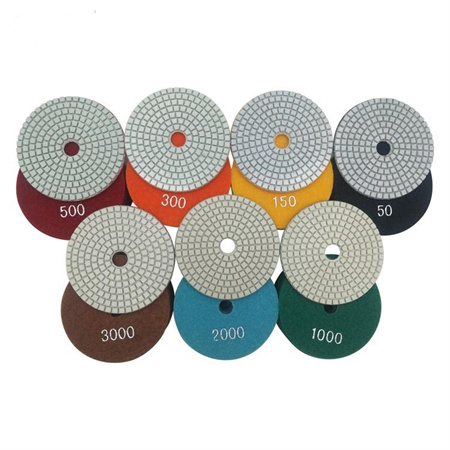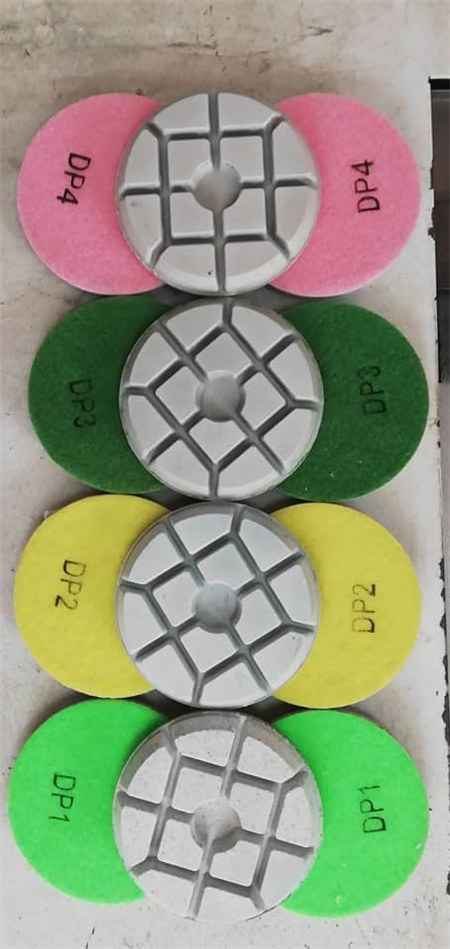Localization Strategies for Diamond Pad Distribution
In today’s globalized marketplace, the demand for high-quality diamond pads—used in various industries such as electronics, automotive, and manufacturing—has never been more widespread. But with growth comes the challenge of effectively distributing these products across diverse regions, each with its own set of market dynamics, customer preferences, and cultural nuances. The secret to success lies in implementing strong localization strategies, ensuring that diamond pads reach the right customers in the right way. So, how can distributors optimize their approach?
One of the first steps in tailoring distribution strategies is understanding regional demand. Different parts of the world require diamond pads for different applications, and the level of sophistication varies accordingly. For instance, high-end electronics manufacturers in Asia might need precision pads for delicate processes, while the automotive industry in Europe could demand more robust, heavy-duty options. Recognizing these distinctions allows distributors to fine-tune their offerings, focusing on the specific needs of each market.


Equally important is navigating the regulatory environment. Laws and standards governing the distribution of industrial products can vary drastically from one country to another. Compliance with local regulations, such as safety standards or environmental guidelines, is critical to ensure the product not only reaches the market but is also accepted by it. In Europe, for instance, there are strict regulations around the materials used in manufacturing pads, and distributors must stay updated on these evolving rules to avoid costly delays or fines.

Equally important is after-sales service, a crucial factor for maintaining customer satisfaction and fostering long-term loyalty. In some regions, such as Japan and South Korea, there is a high expectation for impeccable customer service, with consumers often seeking detailed technical support and fast resolution of issues. In other areas, buyers may prioritize cost over comprehensive service, so distributors need to evaluate whether to offer extended warranties or provide local repair services in each market. Understanding the expectations around customer service in different regions can make a significant difference in a distributor’s success.
Ultimately, the key to successfully distributing diamond pads in various markets lies in the ability to balance standardization and localization. While the core product may remain consistent, each market demands a unique approach. By understanding local preferences, leveraging the right distribution channels, ensuring compliance with regulations, and fine-tuning marketing strategies, distributors can carve out a strong position in their target regions. In this complex, ever-evolving global landscape, those who can master the art of localization will be best positioned to thrive.
